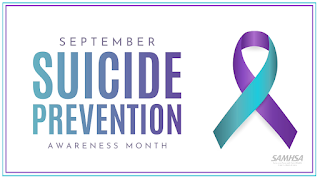Setting up a Peace Table in your classroom for Conflict Resolution and Anger Management
Conflicts between peers are a normal (and daily!) occurrence.
These experiences are an integral part of growing up and given the right tools,
provide students a valuable learning opportunity. However, finding the right tools and time to
deal with these ongoing conflicts can become frustrating, time consuming, and in
the worst circumstances, can detract from valuable teaching time. As parents
and teachers, it’s a natural reaction to try to force a conversation,
insist on a solution, and fix the problem. This may work in the
moment (instant gratification!); however, we know that this doesn’t give
children the tools to resolve the next conflict on their own.
Fortunately, a friend of mine shared a wonderful teaching strategy that she employs in her Kindergarten
classroom. This strategy can be used in any grade and provides students with a
structured way to learn conflict resolution. Like any successful tool, time
spent teaching the strategy upfront is necessary in order to expect children to
use the strategy independently. But it works! Kids feel empowered to deal with
conflicts on their own. Teachers hear less of “Johnny took my crayon!” “Samantha
shoved me in line!” It really is a win-win.
The Peace Table began in Montessori classrooms. Sometimes
the table is offered as a place for a child to have a short period of silence
on their own in order to calm down and reflect on their feelings. It can also
be used as a place to encourage conflict resolution by giving them a specific
place and method for peaceful communication. The peace table can be set up with
minimal effort and cost in a classroom or at home. First, you need two child
sized chairs and a table. Alternatively, you could use designated floor space
for younger children, but the space should be aesthetically pleasing, provide
clear boundaries, and should always be inviting and comfortable. The beauty of the
table is important, as it commands a peaceful and respectful environment and
identifies it as a special place.
The article below gives a wonderful description of how to
set up and use a peace table at home; however, the premise of using it in a
classroom is the same.
The table should be placed in a quiet area of the classroom,
away from the door, fire alarm, phone, etc. The table can be placed near a
window to allow a place for quiet reflection and connection to the outside.
Most importantly, the table should only
be used as a place for quiet reflection or conflict resolution. It should never be used as a place for time
out, punishment, a work table, crafts, snacks, etc. Children should never be
forced to use the table. In the beginning, they can be encouraged to use the
table as a means to resolve conflict or calm down; however the choice to use
the table is ultimately up to them.
Check out this article for the specifics on how to set up,
teach, and use the table. https://iheartmontessori.wordpress.com/2012/11/27/setting-the-peace-table-children-conflict-resolution/




Comments
Post a Comment